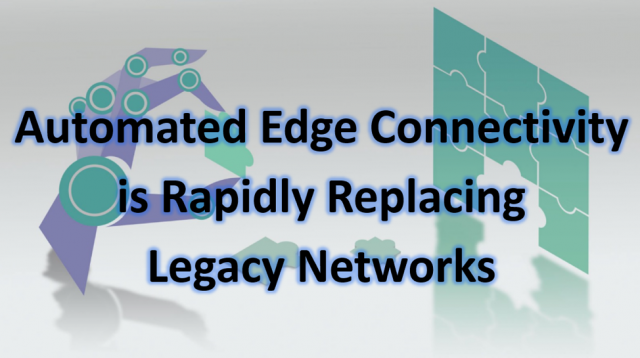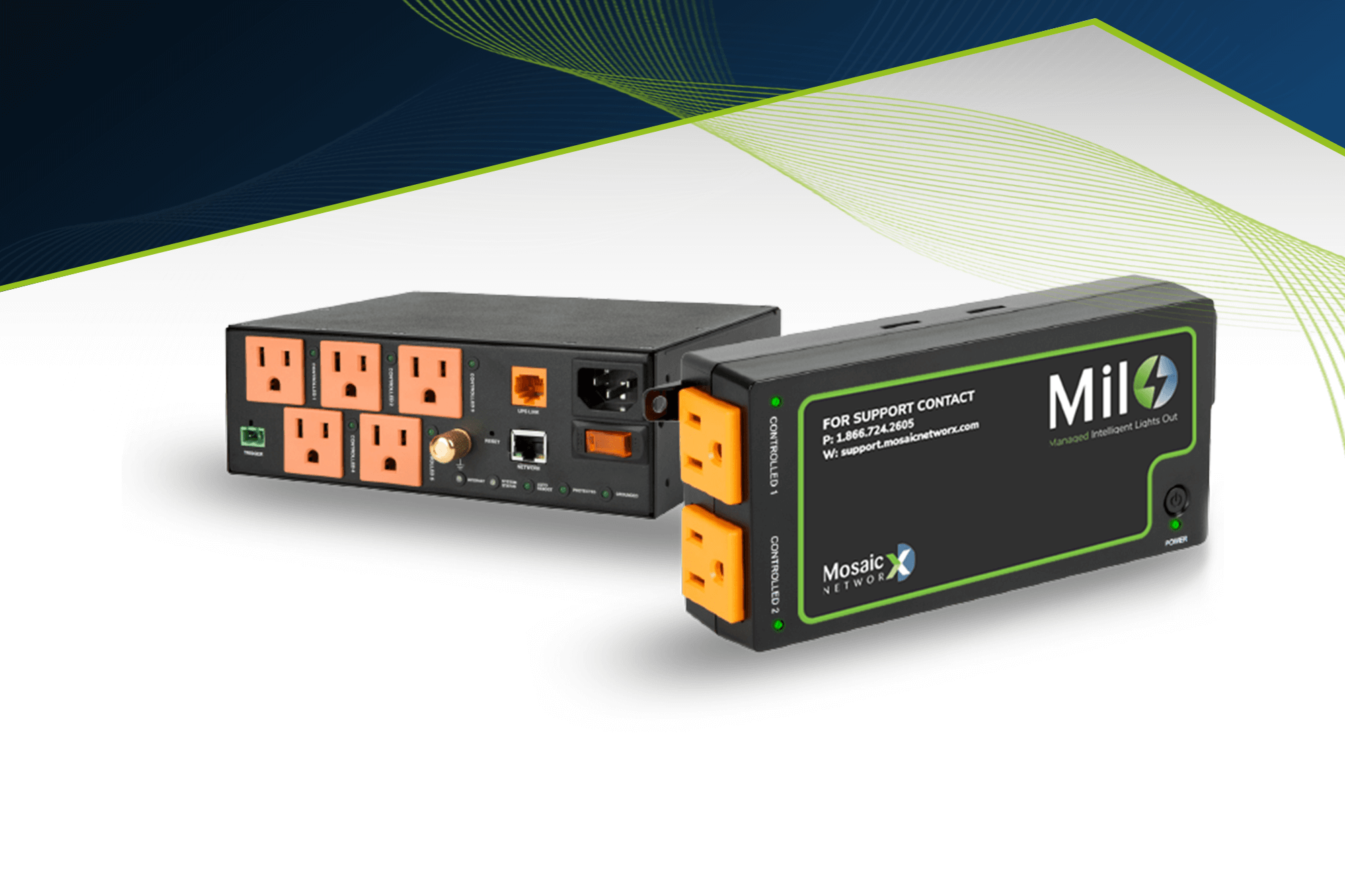
Just as cloud and SaaS deployments are fast replacing corporate data center build-outs, SD-WAN is rapidly displacing legacy networks. The reasons are many. Private, site-to-site networks rely on outdated router technology and rigid environments.
Decades of ad hoc infrastructure changes have made these networks too complex, difficult, and expensive to manage. Configuring legacy WANs is done on network devices, using a command-line interface (CLI) on each network device. This, of course, takes technical skill and expertise that enterprises have been limiting at branch locations.
Inflexible and cumbersome legacy connectivity is being quickly supplanted by more agile and cost-efficient cloud and mobility connectivity, using low-cost, Internet and 4G/LTE links. The challenge for enterprise IT teams, is cloud and mobile connectivity requires much more than legacy infrastructure was designed for.

Moving Networks to the Cloud
Connecting headquarters and branch offices to the cloud with Internet connections is outpacing legacy WANs directly connecting site-to-site. As applications move to the cloud, network architects run into challenges. And network administrators that manage these networks find themselves trying to fit a square network into a round cloud, so to speak. While cloud offers many benefits to the organization, legacy WANs represent an obstacle to the cloud.
A not so advantageous way organizations handle traffic going to the cloud, is by routing Internet traffic back through the corporate data center over a private circuit. This Band-Aid approach creates performance problems for the applications. This is clearly not the wave of the future, and not where IT teams should be spending their valuable time and resources. It’s these types of approaches that add more complexity to enterprise WANs.
Rather than struggling with the burdensome tasks of managing and supporting disparate, proprietary hardware, SD-WAN leverages software to control connectivity across a cohesive and agile infrastructure that easily maintains many hundreds of locations. This software-defined, and autonomous WAN infrastructure supports headquarters, branch offices, clouds, and corporate data centers.
SD-WAN adds an overlay with automated and centralized policy management; and enables a highly flexible environment. One that combines any type of transport, such as broadband Internet, LTE, and MPLS, from multiple carriers. Transports like cable Internet, become more reliable with SD-WAN automatically moving traffic across network paths based on business and application policies. Incorporating quality of service (QoS) and network optimization, addresses issues associated with bandwidth availability, latency, packet loss, and jitter.
SD-WAN Benefits Users and IT
SD-WAN benefits users by providing a higher quality experience. Applications no longer randomly contend with each other over limited bandwidth. SD-WAN makes all applications run efficiently, based on their criticality and function. Network circuits are chosen to support the applications. For example, mission-critical applications, like email and VoIP, typically run over higher bandwidth circuits, while less critical applications, like social media and general browsing, typically run over lower bandwidth connections.
IT teams benefit from automation, and greater visibility, control, reliability and security. SD-WAN eases network management by simplifying policy and rule configurations, replacing the archaic CLI with intuitive graphical and workflow-driven interfaces. SD-WAN replaces static path rules with real-time and dynamic path selections. It replaces device sprawl with seamless insertion and chaining of virtualized services, and SD-WAN replaces large upfront CapEx with a pay-as-you-go subscriptions.
The Self-Driving Network
SD-WAN solutions are intelligent WAN managers that can economically increase bandwidth by aggregating any type of WAN circuits. This ability to have virtualized and automated configuration, enables bandwidth elasticity and service provider flexibility.
Rather than painstakingly configuring and troubleshooting legacy WANs, SD-WAN automation and centralized orchestration brings everything up a level. SD-WAN not only eliminates productivity wasting and mind-numbing tasks, but also reduces human error.
Almost all SD-WAN solutions offer edge devices for branch offices that are simple to provision, and don’t require an engineer or a technician. These devices simply plug into power and authenticate, to get the branch up and running. Automatic WAN transport discovery and monitoring eliminates link and branch configuration. Granular visibility with real-time network and application monitoring is accomplished by orchestration that resides on the centralized controller. This is where IT can access and connect to enterprise and cloud applications, and automatically apply prioritization, service insertion and security policies. Any future policy changes are made on the orchestrator, and edge devices are automatically updated, or reconfigured, without manually configuring them.
Some SD-WAN solutions provide direct and optimized branch-to-cloud application performance. This is accomplished through an SD-WAN overlay to the vendor’s distributed gateway services within the cloud.
Automation and orchestration alone can’t address all the real-time issues that WAN circuits face. This is where the aggregation of multiple transports, application-aware per-packet link steering, and on-demand remediation combine to achieve optimal performance for real-time applications, like voice and video.
About the Author
Matt Hiles is the Chief Operating Officer at Mosaic NetworX. With a successful career in the telecom and data center industries for over 20 years, he has also held executive and leadership positions at WorldCom, Level 3, and DCI Technology Holdings. Matt earned a bachelor’s degree in Government – US/Soviet Relations from Harvard University in Cambridge, MA.




